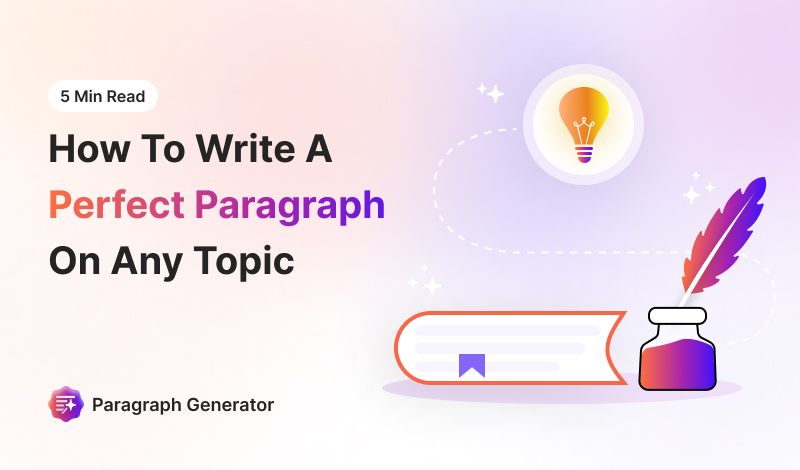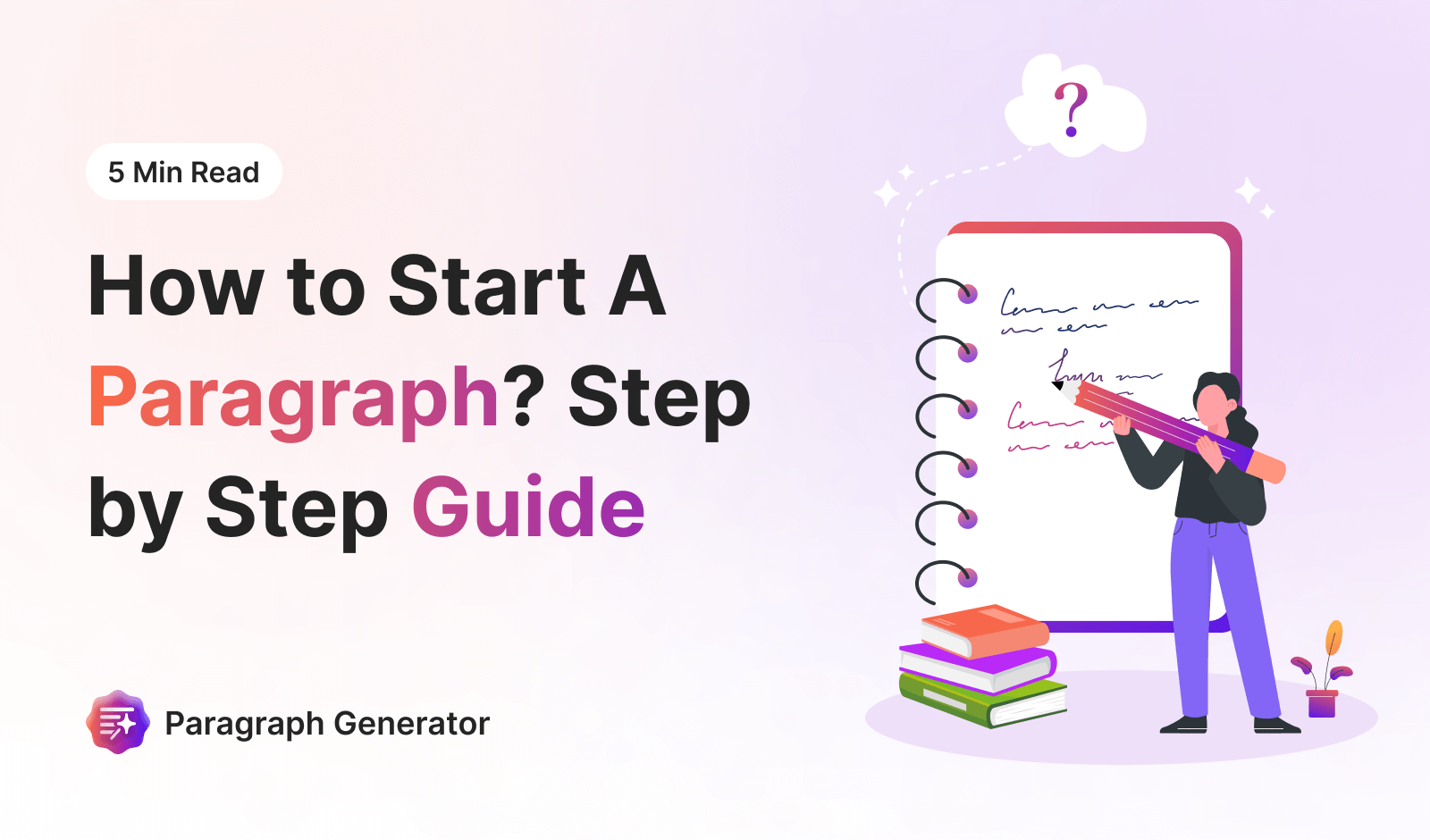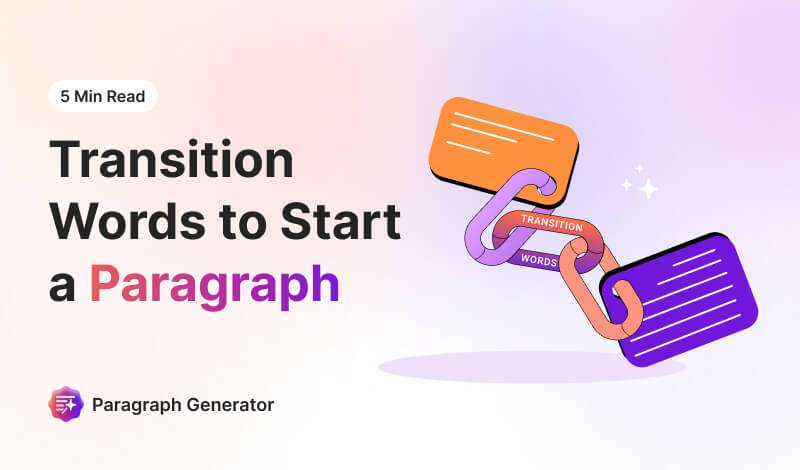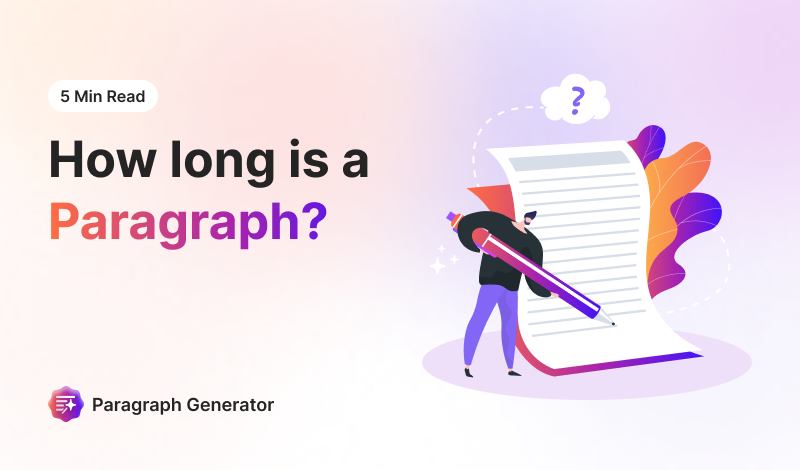Writing is a valuable skill. It is the art of converting intellectual thoughts and ideas into words for others to read. In a way, it is how you spread knowledge throughout the world. However, it is an intricate and complex skill.
Anyone can have ideas and valuable thoughts, but only a few can present these thoughts well-structured using words. So, how can one achieve this mastery? Technically, it starts from learning how to write sentences. However, we believe that practicing to write short paragraphs is a better approach.
In this article, we will attempt to familiarize you with paragraph writing. We will demonstrate methods so that you are able to write paragraphs on any chosen topic. So, to start, let’s look at some features of paragraphs.
What is a Paragraph?
A paragraph is a subsection of a larger write-up that deals with a specific part of that write-up. So, if there is some essay about the characteristics of animals, there might be a section that talks about Lions only. This could be called a paragraph. The following image explains this better:

There are 4 different paragraphs in this image. One of them is highlighted so you can distinguish between them. But as you can see, the whole write-up has a constant theme. However, that theme has been divided into smaller sections covering various aspects.
Types of Paragraphs
Based on what you are writing about, there are different types of paragraphs. These types are briefly explained in the following:
- Descriptive: Descriptive paragraphs talk about the description of a particular thing, place, or person. It involves the appeal to the five senses of touch, smell, taste, vision, and hearing.
- Narrative: Narrative paragraphs are used for story-telling. It usually talks about a particular set of events and the sequence in which they unfold.
- Expository: An expository paragraph usually explains the method of doing something. It is typically a tutorial of sorts.
- Persuasive: As the name suggests, a persuasive paragraph tries to compel the reader about something and make him agree to a certain point of view.
Before beginning your paragraph writing journey, it is important to know these types. To gain advanced skills, you can research each type separately.
How to Write a Paragraph?
Writing a quality paragraph involves multiple steps. We have listed them here to simplify things for you.
1. Choose a Topic
If you want to write a stellar paragraph, you need to first map it out in your mind. This means you have to be absolutely clear about the topic and have a rough idea of the content you’ll be using. In this way, when you actually write the paragraph, you write it in a much more streamlined manner.
We suggest that if you have the choice, choose a topic that you are passionate about. In this way, you will enjoy the whole process. On the flip side, however, we do acknowledge that writers don’t always have the liberty to write about whatever they want. You might be assigned a task to write about something you know nothing about.
In such cases, you have to perform extensive research. Even though this step is also necessary if you already know about the topic, it becomes more essential when you don’t.
2. Perform Research
Continuing from where we left off in the last section, you have to research the topic no matter how well-read you think you are on it. This ensures the utmost quality of a write-up. When you go through information with a fresh mind, you are able to choose which piece is valid to use in your paragraph.
So, the point is to perform research and then shortlist ideas, facts, and figures that might add to what you want to say in the paragraph. It is always a good idea to use content from authoritative sources to add value to your point. However, do remember that you have to cite such information.
3. List the Points to Use in Your Paragraph
Even though a paragraph talks about a single point, it still has multiple points. Listing these points before writing the paragraph gives you a clear vision about it. So, you should list down all the points that could be used in your paragraph.
After that, if you think the points are too many, you can exclude some of them and keep only the necessary ones. Keep in mind not to prolong the paragraph as the standard length of a paragraph is 100-200 words, according to study.com. Of course, you can stretch or compress this length, but that is only in rare cases.
4. Compile Your Points
The next step is to compile your paragraph into a structured format. Take the finalized list of points from the last step and convert them into sentences. To make things simpler, you can, for now, only make rough sentences and improve them later.
This way, you are more focused on getting the point across rather than focusing on the quality of your sentences.
As far as format is concerned, there are a few things that you have to take care of. For example, it is sometimes a good idea to indent the starting line of your paragraph. Similarly, you can modify the line spacing and word spacing to make it more presentable.
5. Proofread it for Errors
Since we suggested that you only focus on writing your points in a rough manner, it requires you to proofread it as well. So, once your paragraph is written, carefully read it to find errors in it. Even if you don’t find errors, you can find other ways to improve it.
For example, you can look out for grammar and spelling errors. If such errors are not found, you can look for ways to improve the quality of your paragraph. For example, if you feel like the words used are too simple, you can replace them with better-fitting synonyms.
Moreover, you can also adjust the length of your sentences to make them readable. In short, you can do several things to convert your crude paragraph into its final form.
6. Check for Plagiarism
Since we are talking about a perfect paragraph, we also need to take into consideration plagiarism. Sometimes, when you use third-party sources or base your arguments on someone else’s points, you may accidentally plagiarize content.
Therefore, it is always a good idea to run your paragraph through a plagiarism checker to be sure that it is original. If you find any plagiarized content, just rewrite it or remove it.
Alternate Method
You might be feeling that writing paragraphs is not for you because of the multitude of steps we have listed above. However, you don’t have to worry because we will demonstrate an alternate method of writing paragraphs as well. This method is much more beginner-friendly.
If you are unable to proceed with the earlier method, you can use the help of online tools to write paragraphs. In this age of Artificial Intelligence, this has become quite convenient. You can simply use a paragraph generator to write paragraphs for you.
For your convenience, let us show you the working of one such tool:
- First, go to the tool’s webpage.

- In the input section, insert the topic of your desired paragraph.
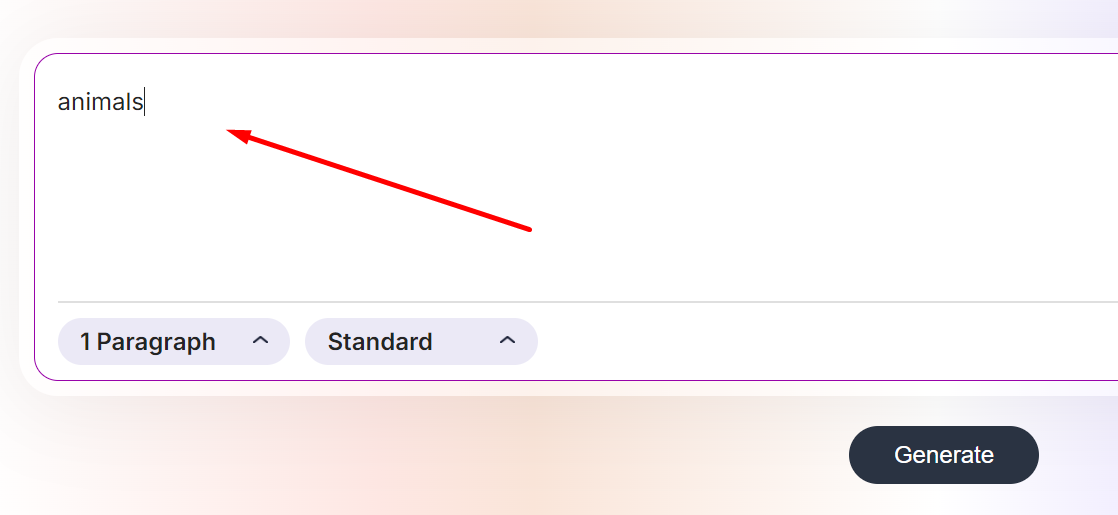
- After that, select the number of paragraphs and the writing style. You can also choose if you want the paragraph to be detailed or concise.

- After that, click on ‘Generate.’
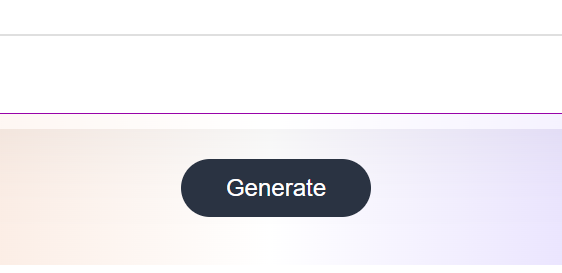
- Then, download or copy the paragraph according to your requirements.

As you can see, the simplicity of this process makes it accessible to everyone. You can write as many paragraphs as possible using this tool and then make further adjustments if you like. In this way, you can get the perfect paragraph that you were looking for.
Note
Even though this method is extremely convenient, we suggest that you not become too dependent on it. This method is only for beginners to understand how paragraph writing works. If you want to learn the art of paragraph writing, you need to go through the process described earlier.
However, you don’t have to get started with that right away. You can begin by using a paragraph generator and then slowly transition into manual writing. This way, you will be able to actually gain a skill.
Conclusion
Presenting content in the form of paragraphs is a skill that develops over time. You cannot learn to write flawless paragraphs overnight. You can, however, start working on learning this skill. The way to do that is to follow the methods we have shared in the above article. If you follow these steps over and over again, you will be able to write high-quality paragraphs in no time.
To help you on the way, we have also mentioned an assistance method. Be sure to use that as well. We hope that you understand all the points we were trying to make and that they help you write great paragraphs about your passions.
